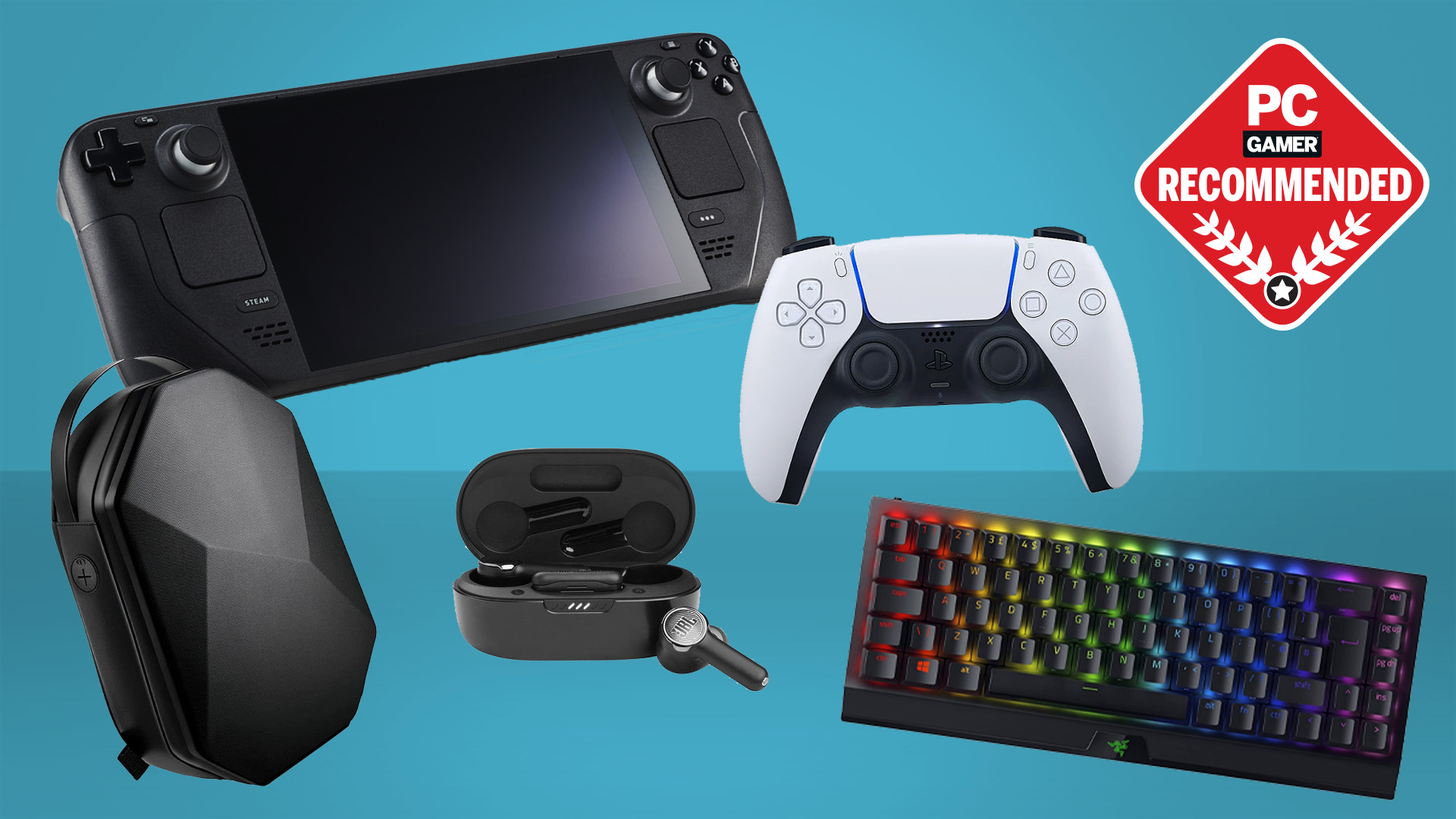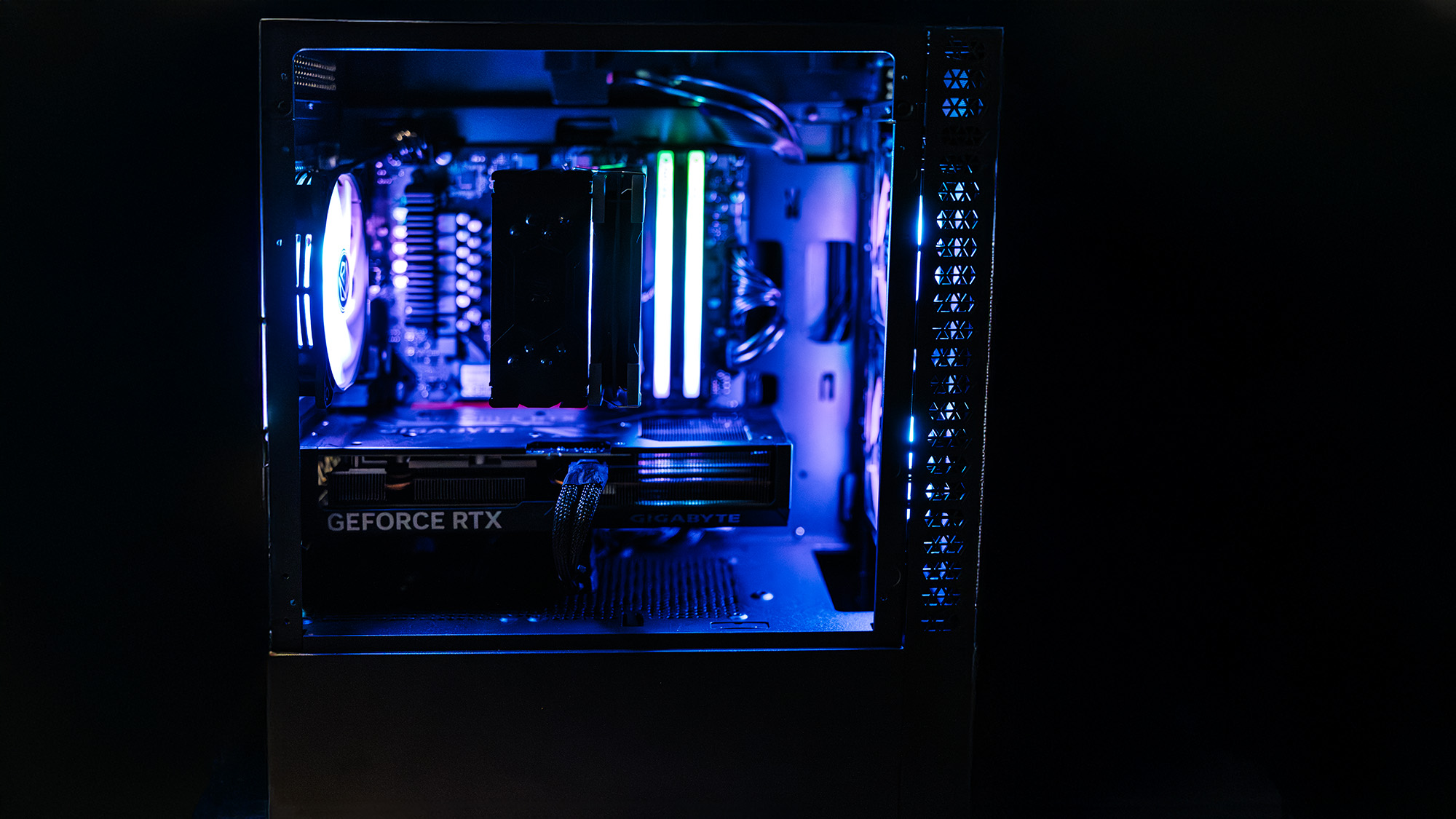It's worth subscribing to Warhammer+ for a month just to marathon the animations, then cancel your sub
These are the shows to watch.
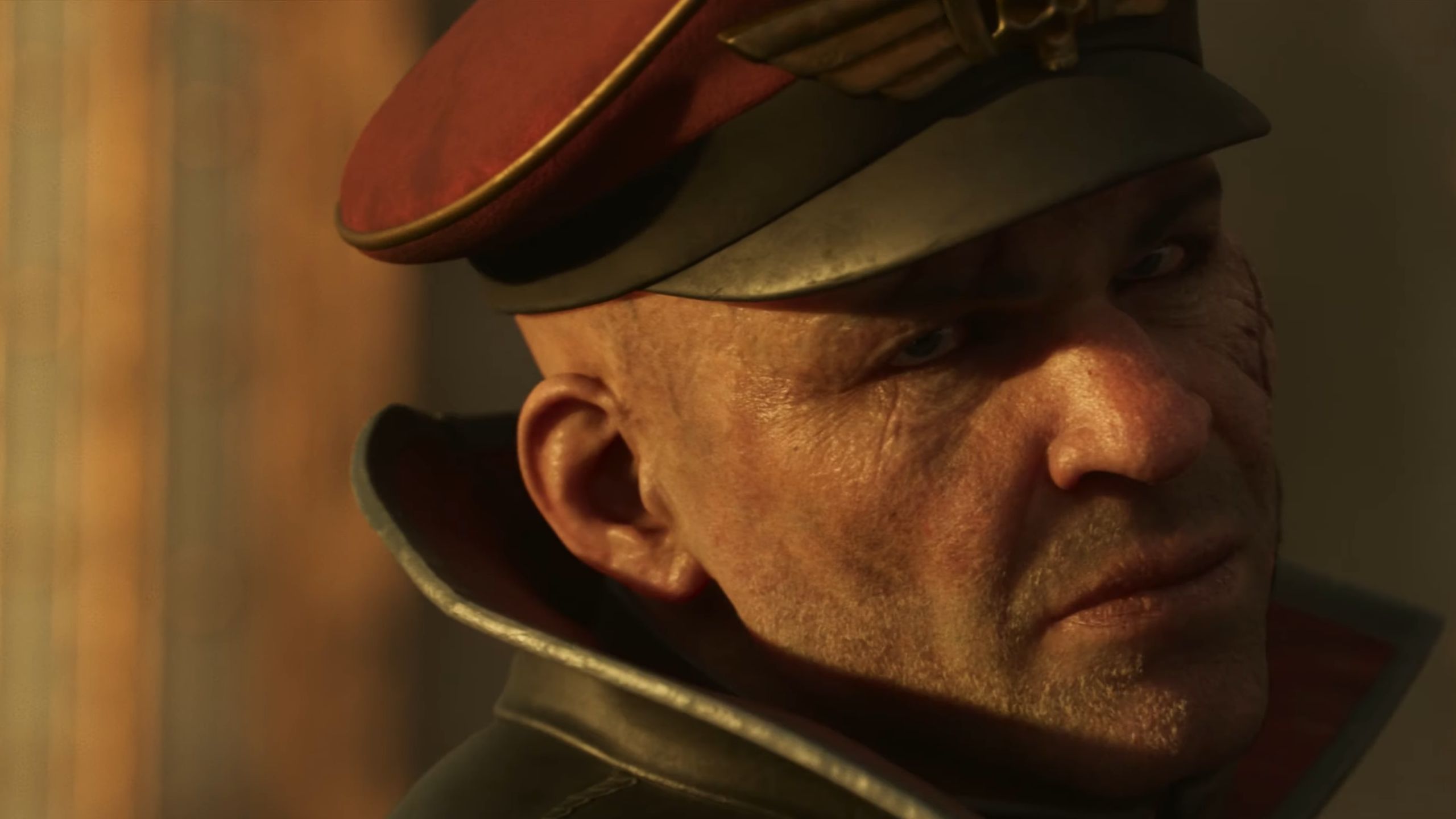
The Warhammer 40,000 episode of Amazon's Secret Level was an easy favorite because it felt the least like a long commercial, or the opening cutscene of a videogame you can't play. Instead it had the vibe of a short film that just happened to be about space marines kicking arse at an industrial scale.
If you want more of that, I've got good news. Games Workshop's Warhammer+ subscription includes a streaming service called Warhammer TV that's been trickling out animation since 2021, and there's now enough of it to easily justify subbing for a month to mainline the best of them.
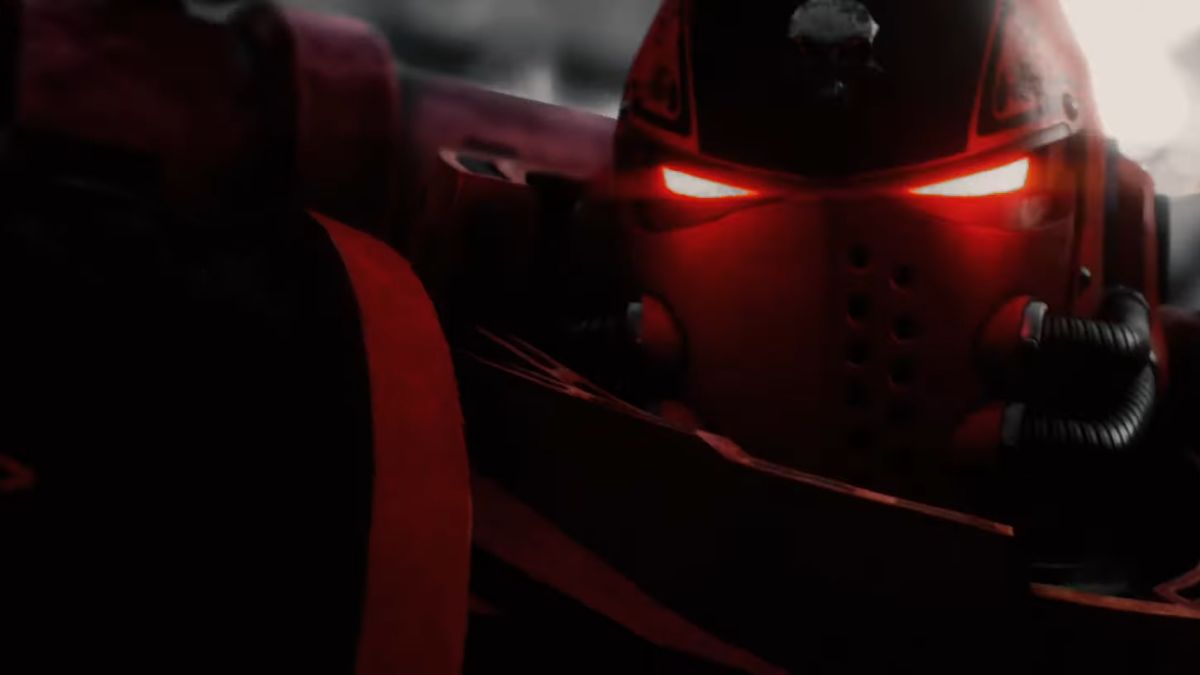
Purist space marine action is sometimes dismissively called "bolter porn" by people who for some reason don't want to see boltguns in their negligee, but if large armored men fighting desperate last stands while the soundtrack swells is what you want then Angels of Death has it in spades. It's about a ship full of marines from the Blood Angels chapter who've been bundled across the galaxy by a warpstorm and stranded on a mysterious irradiated planet.
The Blood Angels' defining features are immaculate cheekbones, and their struggle to hold back a genetic flaw called the Black Rage. Angels of Death depicts the Black Rage with psychedelic style in its limited color palette of black, white, gray, and red, and these regular freakouts emphasize the larger-than-life quality of the Blood Angels—even their anger is bigger and more dramatic than that of mere mortals.
Angels of Death isn't all space marines being Greek gods with guns though, and some of the best scenes take place back on their ship, which the ruthless shipmistress has to hold together in their absence. There are plenty of those classic bridge crew scenes where people shout about bearing and shields while lurching from left to right with each impact, and the ordinary human support staff of the marines get to be equally steadfast and cool.
But if it's desperately ordinary characters struggling through a world of shit you really want, then Interrogator will be more your thing. It's likewise limited in its color palette, fittingly for a story where everything is about shades of gray, though the animation is 2D rather than 3D. The disheveled noir protagonist is an agent of the Inquisition trying to track down his old boss's killer with frequent pauses to demolish a frankly heroic quantity of drugs and alcohol. He's the galaxy's most deadbeat down-and-out detective and he lives on a planet that's 50% divebar backalley, 50% dirty rain.
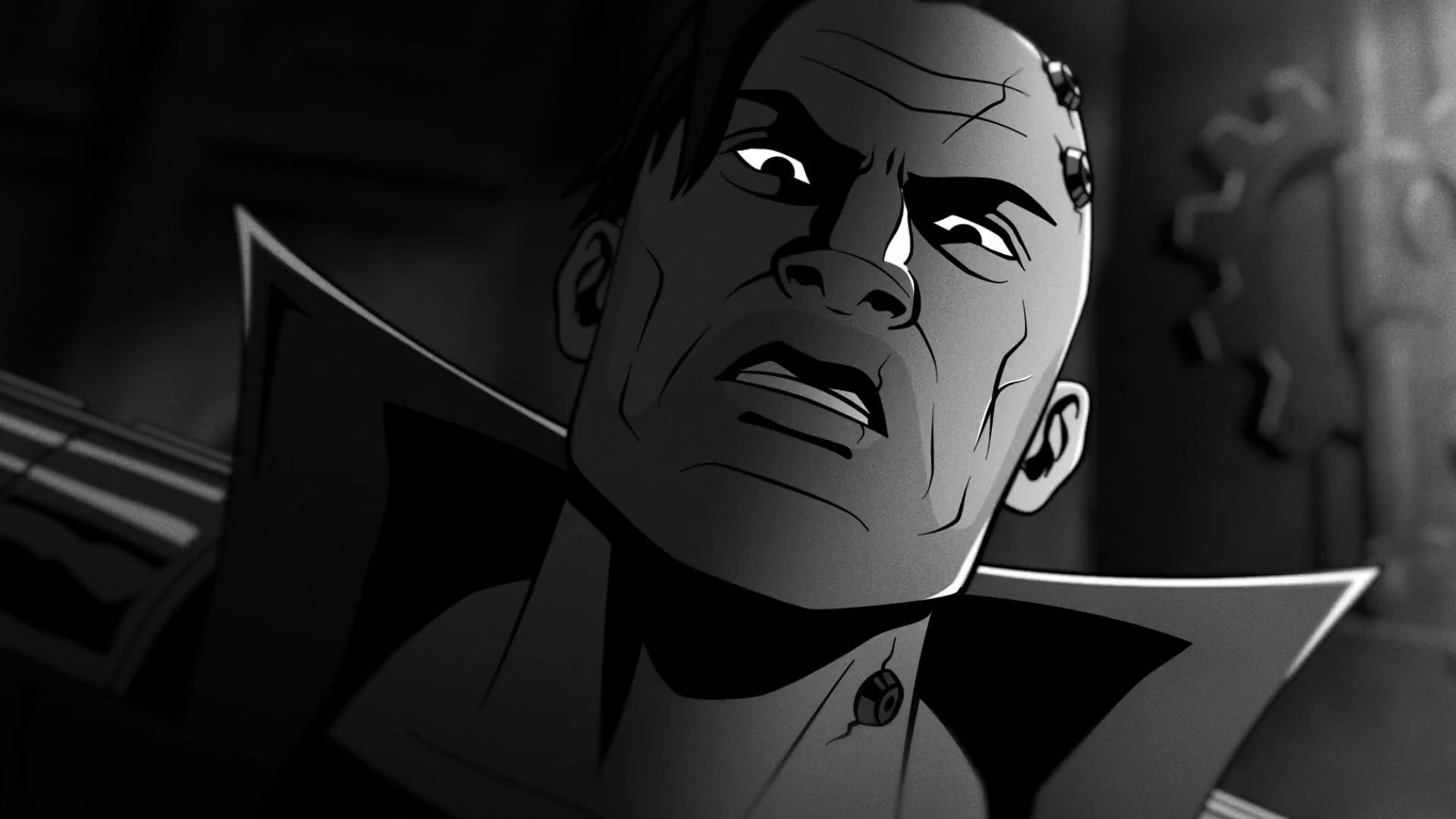
Those are both fairly long series, which have been conveniently assembled into movie-length "final cut" versions as well. Warhammer TV also has one-off animations, of which the best is Iron Within. It's about Astra Militarum soldiers whose world is being overrun by dark eldar, and who are so cut off from the rest of the Imperium they regard space marines as legends who probably don't exist, and certainly aren't worth calling for help. Broken Lance, which is about the neo-feudal mech pilots of the Imperial knights, doesn't quite match Iron Within for ultra-grimness, though it is interesting to see the way the Imperium marries medieval worldviews with its highest-tech machinery.
The biggest gaming news, reviews and hardware deals
Keep up to date with the most important stories and the best deals, as picked by the PC Gamer team.
More recently Warhammer TV's been doing three-part series like Pariah Nexus, in which a fanatical Sister of Battle and a marine from the Salamanders chapter are forced to work together on a world being overrun by the skellybot necrons. In a nice change the transhuman space marine is more compassionate than the baseline human he's paired with, and the story continues into the first episode of another three-parter called The Tithes. This one's an anthology though, with each episode about a different way the citizens of the Imperium are expected to pay for its protection, and how much more it ends up costing them.
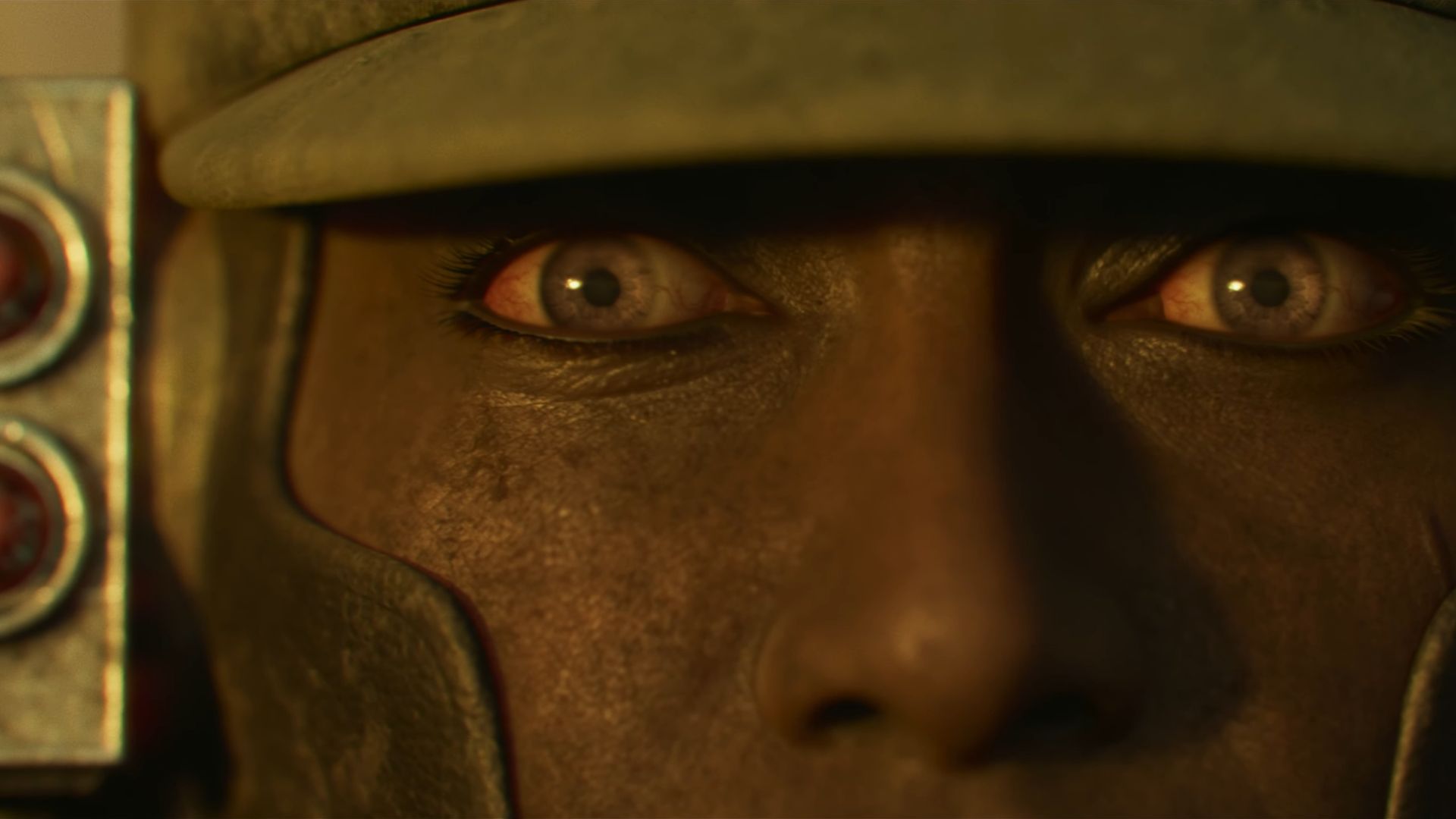
There's no papering over the nastiness of the Imperium in The Tithes, with the second episode about a boatload of psykers being shipped off-world, many of whom will ultimately be used up like Duracells to keep the Emperor's power on, while the last one's about the lives of Imperial soldiers being less valuable than their ammunition. It's great, grim stuff.
The other three-parter is more skippable. The Exodite explores a three-way conflict including the t'au, who I've yet to see written as viewpoint characters in a way that didn't put me to sleep. With their mechs and vaguely Japanese culture they're easy to see as an attempt at appealing to anime kids that's been awkwardly glued onto the setting, not nearly goth enough to feel like they belong. The Exodite doesn't do enough to change that impression.
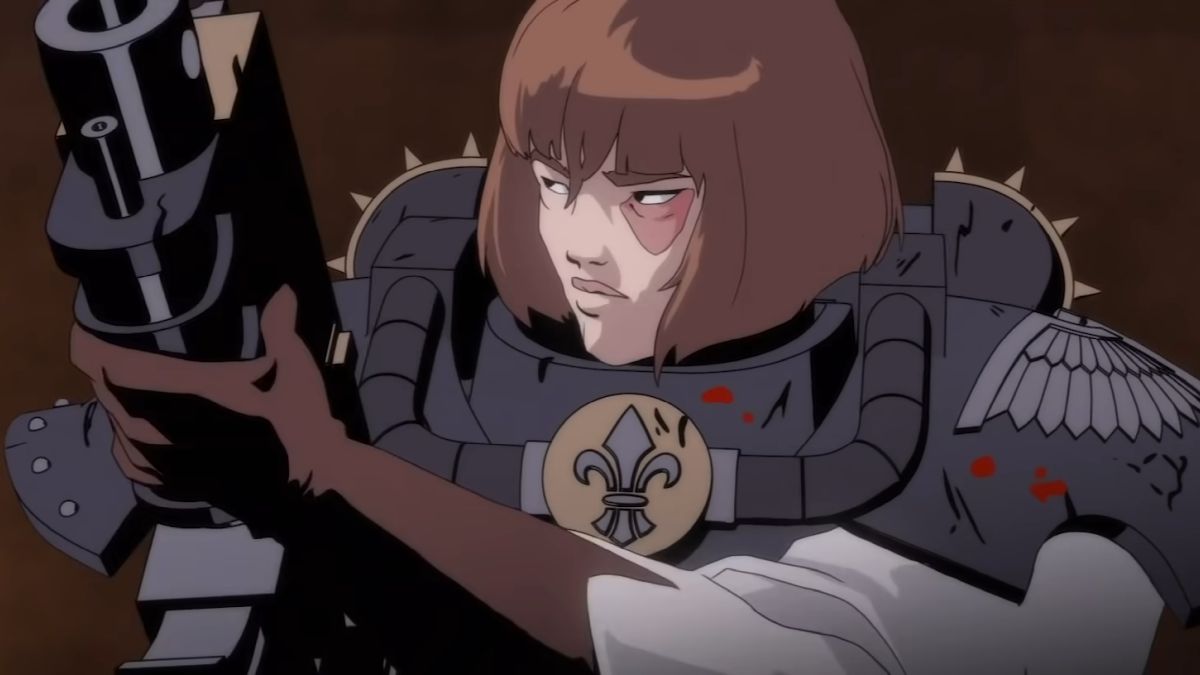
Hammer & Bolter is an anthology series that's been running since Warhammer TV began, and the quality's a real roll of the dice. The original run of episodes were one-and-done peeks at different corners of the Warhammer 40,00 universe, with the highlights being episodes about a tech-priest and her robot called Kill Protocol, Sisters of Battle in a typically desperate last stand called A Question of Faith, and Cadia Stands, another Astra Militarum story about how war is futile and also hell.
The main thing letting Hammer & Bolter's early episodes down was the animation quality, which was 2D and jerky, with battle scenes sometimes cheaping out into a pan across a still image like a Ken Burns documentary about the 41st millennium—though the most recent episode, Return to Cadia, switches to more impressive 3D animation.
Later episodes include a few that explore the fantasy Age of Sigmar setting, and are also skippable. The best of the bunch is Monsters, from the point of view of the Darkoath marauders. Warhammer fiction often presents stories from the point of view of its "villains", like all the stories about space marines (boom, got 'em), and Monsters does present the dark-god worshippers sympathetically enough. By the end you understand why they go around making blood oaths to beings who are definitely not daemons, no way, our gods are just different to your gods and certainly aren't Lords of Chaos wearing fake beards.
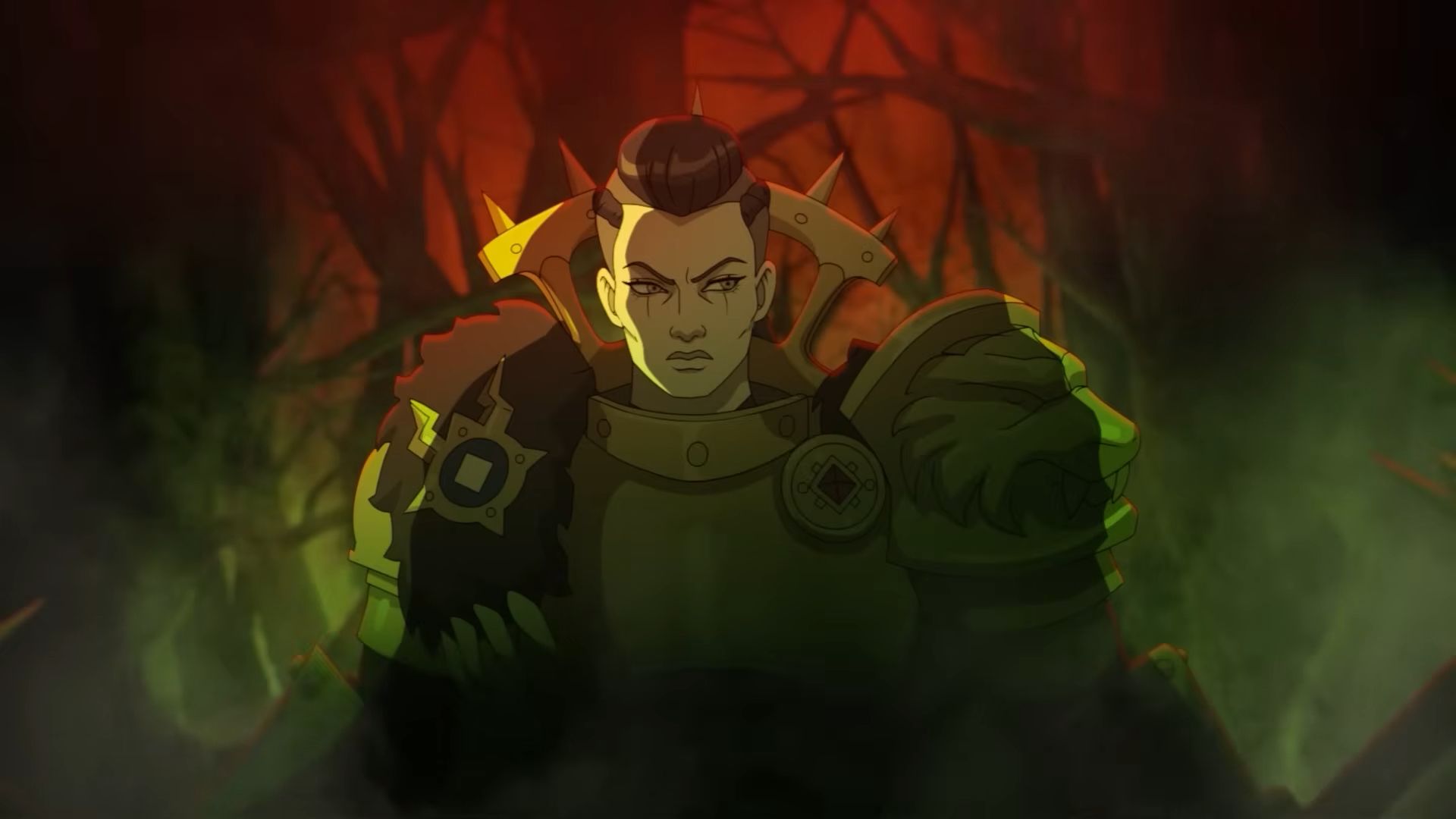
The one series totally dedicated to Age of Sigmar is Blacktalon, which explores what it's like for the amnesia immortals called Stormcast Eternals, summoned from beyond death to fight and die again and again like they're playing a roguelike. It's not impossible to make these shiny-armored mirror universe Chaos Warriors seem exciting, but Blacktalon doesn't manage it. It's another 2D animation that looks like it had a lower budget, with timing that's slightly off and makes characters look like they're reacting too slow in the action scenes, every hit so telegraphed it doesn't have a sense of impact—like the half-speed rehearsal of a fight scene rather than the actual thing.
It telegraphs its twists just as blatantly, making you wait entire episodes to reveal things you probably already figured out for yourself as its protagonist grapples with a case of The Flashbacks for six episodes.
Still, between Angels of Death, Interrogator, Iron Within, Pariah Nexus, The Tithes, and whichever Hammer & Bolter episodes look like your cup of tea, that's enough shows to binge over the course of a month-long subscription. Of course, that's not all Warhammer+ offers. There's also a vault with old rulebooks and magazines to read, a couple of apps for tabletop players, and shows on Warhammer TV that aren't animation. While the painting tutorials aren't for me—you tell me to make a 60/40 mix of two paints as step one of a complicated multi-stage process and I've already given up—there's a lot of other stuff I've ended up watching.
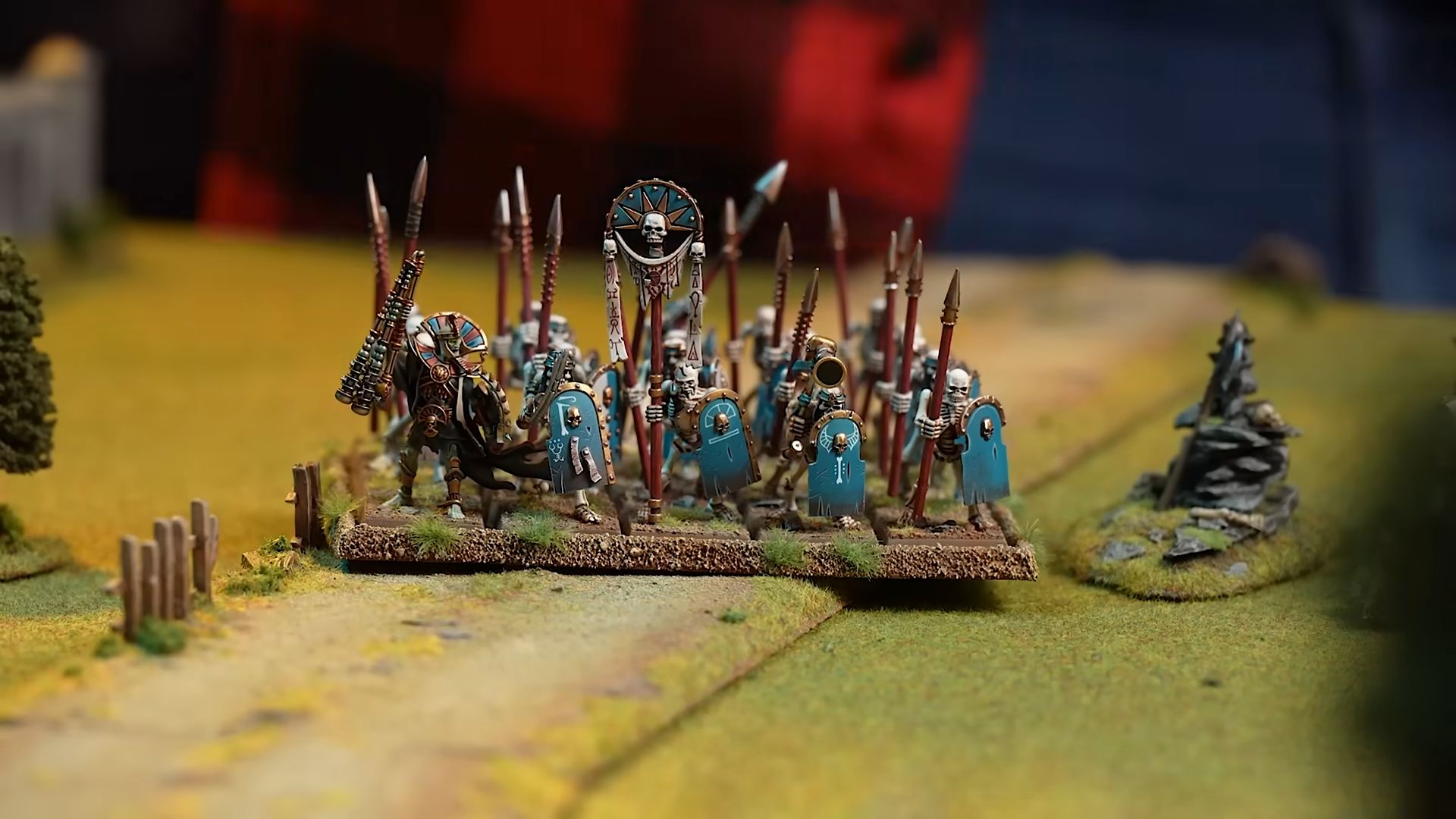
Like Scrap Demon, a competitive modeling show where players are challenged to make something out of a random assortment of plastic sprues. Though there's a time limit and a trophy it's not as off-puttingly competitive as most reality shows—everyone's happy to trade parts with each other, and it's got a gentle vibe. It's basically The Great British Ork-Off. I also watch some of the Battle Reports, which condense down a wargame playthrough and often have a fun theme—one recreates the ork fighter pilot comic Deff Skwadron, while another's a destruction derby.
Some of this stuff, like the painting tutorials, resembles the kind of thing you could get free on YouTube, but it's a relief to watch videos about games that aren't drawn out to please the algorithm, and which usually wrap in under one hour instead of being dragged out for two or three. There's a pleasant lack of the parasocial too. I've watched so many hours of Ify Nwadiwe playing Commander on YouTube I feel like I know him personally—which obviously isn't true, but you know the sensation I mean—while, despite them seeming nice, I don't know anything about the hosts of Warhammer TV's shows. They're just a collection of first names and regional accents. Nobody here is relying on me liking, subscribing, and visiting their Patreon to make rent, and that's a relief.
And so, while I happily recommend a hit-and-run sub to Warhammer+, I'm going to keep my own sub going. Though new animations are added slowly, other stuff pops up on a weekly basis, including interviews with Games Workshop's writers and designers, and a year-long subscription means I get an exclusive miniature for free. The biggest downside to Warhammer TV is that it's a worryingly good advertisement for all things Warhammer, and I don't need more reasons to spend money on little plastic dudes.

Jody's first computer was a Commodore 64, so he remembers having to use a code wheel to play Pool of Radiance. A former music journalist who interviewed everyone from Giorgio Moroder to Trent Reznor, Jody also co-hosted Australia's first radio show about videogames, Zed Games. He's written for Rock Paper Shotgun, The Big Issue, GamesRadar, Zam, Glixel, Five Out of Ten Magazine, and Playboy.com, whose cheques with the bunny logo made for fun conversations at the bank. Jody's first article for PC Gamer was about the audio of Alien Isolation, published in 2015, and since then he's written about why Silent Hill belongs on PC, why Recettear: An Item Shop's Tale is the best fantasy shopkeeper tycoon game, and how weird Lost Ark can get. Jody edited PC Gamer Indie from 2017 to 2018, and he eventually lived up to his promise to play every Warhammer videogame.
